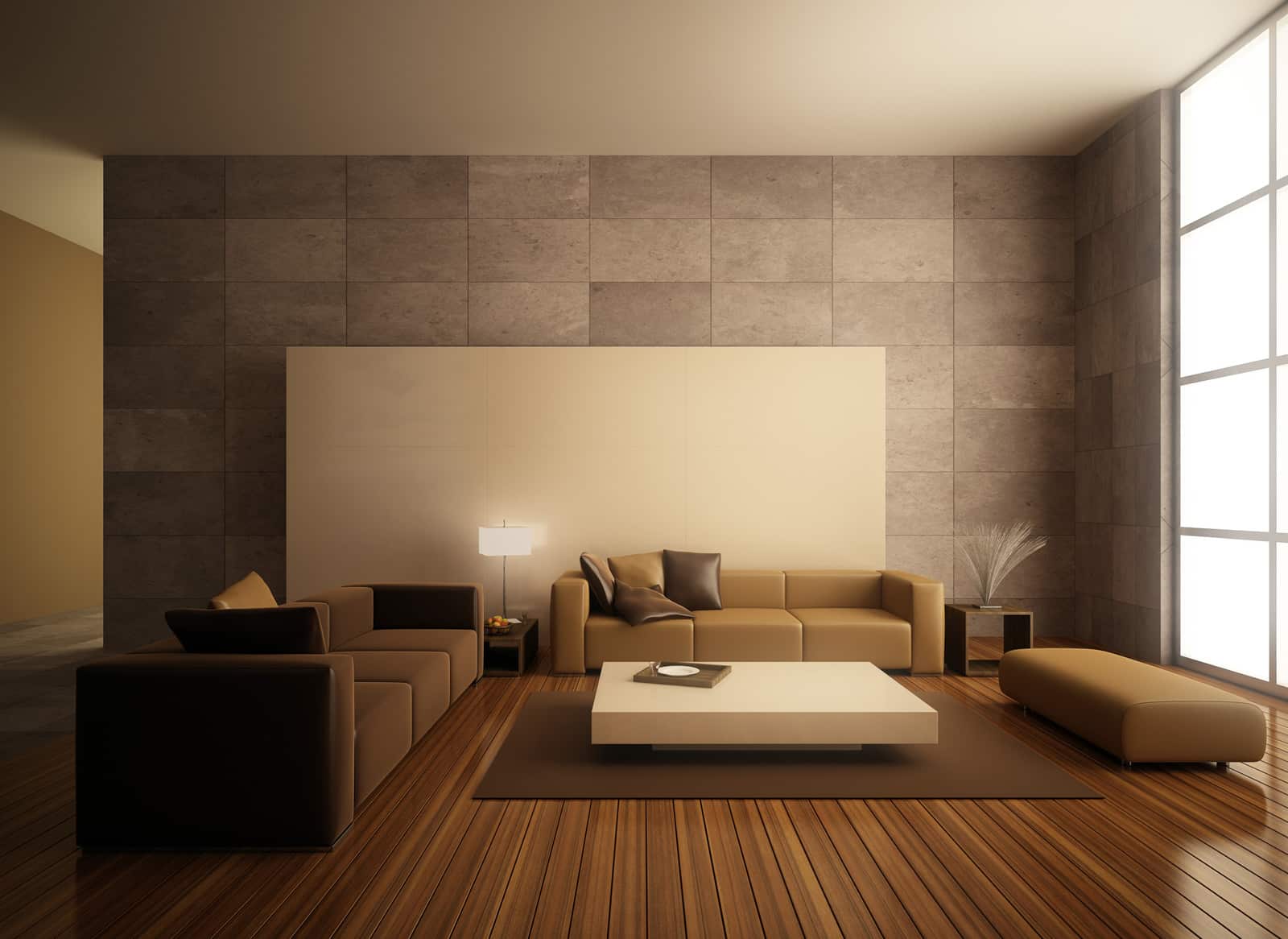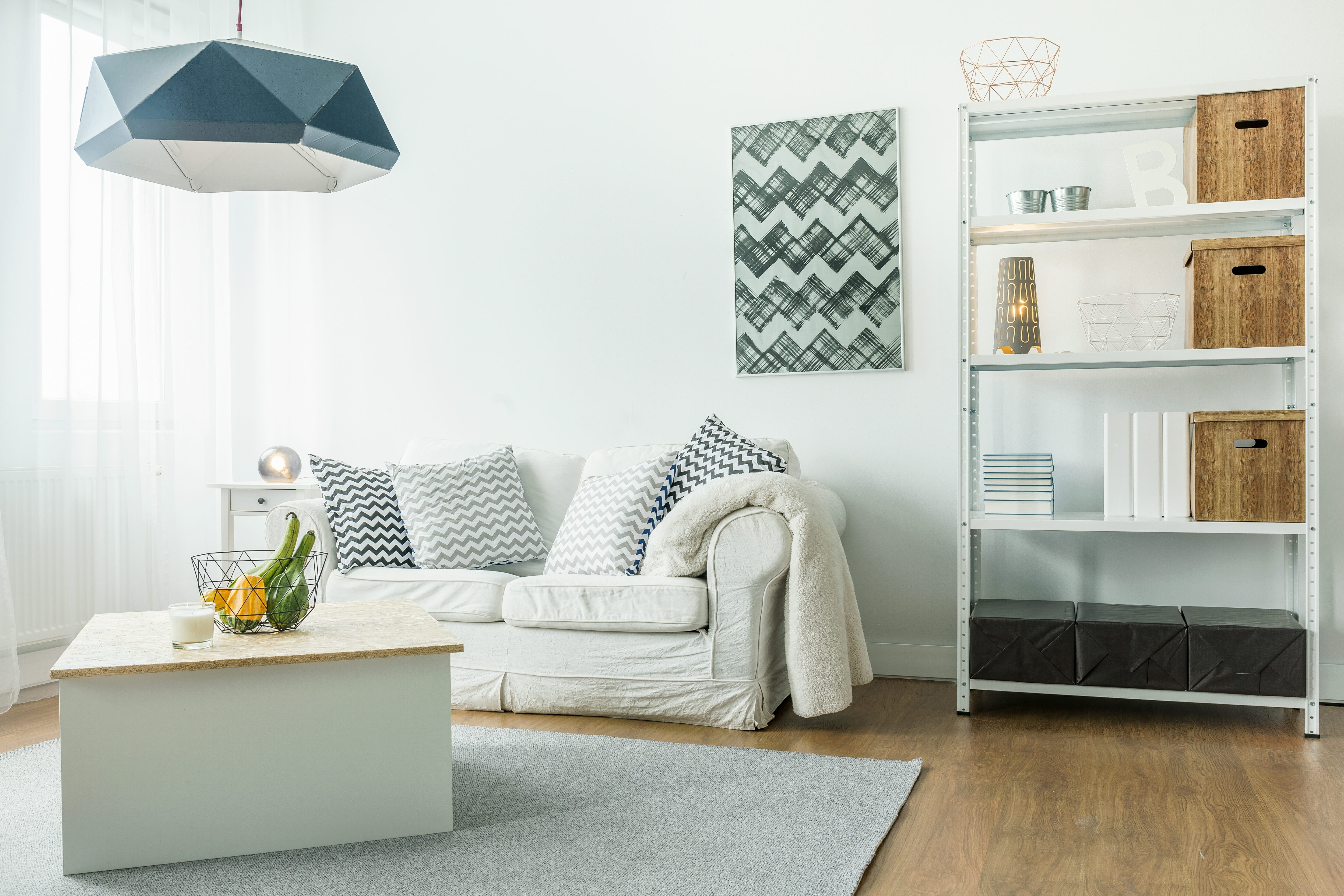Design Principles

Minimalist room design embraces simplicity, functionality, and negative space. It emphasizes clean lines, neutral colors, and uncluttered surfaces to create a serene and calming atmosphere.
Minimalist room design, with its clean lines and neutral colors, can create a sense of calm and serenity. But if you’re looking for something with a bit more personality, you might want to consider bohemian house decor. Bohemian style is all about mixing and matching different patterns, textures, and colors to create a unique and eclectic look.
While it can be more challenging to achieve a minimalist aesthetic with bohemian decor, it’s definitely possible to create a space that is both stylish and inviting.
The key principles of minimalist design include:
- Negative Space: Emphasizes empty or unoccupied areas within a room to create a sense of spaciousness and balance.
- Clean Lines: Utilizes geometric shapes, straight lines, and smooth surfaces to create a streamlined and uncluttered look.
- Cohesive and Uncluttered: Arranges furniture and decor in a harmonious way, avoiding excessive ornamentation or unnecessary items.
Negative Space
Negative space is the empty or unoccupied areas within a room. It plays a crucial role in creating a sense of spaciousness and balance. By incorporating negative space into a design, you can draw attention to focal points, enhance the flow of movement, and create a more relaxing environment.
Minimalist room design emphasizes simplicity and functionality, creating a sense of space and serenity. Its neutral color palette and uncluttered lines can be complemented by the warm, inviting tones of magnolia interior design magnolia interior design. By incorporating magnolia’s signature floral prints and natural textures, you can add a touch of warmth and character to your minimalist space, creating a harmonious balance between simplicity and comfort.
Clean Lines
Clean lines are essential in minimalist design. They create a sense of order and simplicity. Avoid using curved lines or intricate patterns, instead opting for geometric shapes, straight lines, and smooth surfaces. This will create a streamlined and uncluttered look.
Cohesive and Uncluttered
A cohesive and uncluttered design is key to achieving a minimalist aesthetic. Arrange furniture and decor in a harmonious way, avoiding excessive ornamentation or unnecessary items. Choose furniture pieces that complement each other in terms of style and color, and avoid overcrowding the room with too many objects.
Color and Texture
:max_bytes(150000):strip_icc()/what-is-minimalist-design-4796583-02-3b9a8d70b9134ff59680bd5ba3d366ef.jpg)
In minimalist design, color and texture play a crucial role in creating a visually harmonious and inviting space. The judicious use of neutral and monochromatic color palettes, combined with contrasting textures, adds depth and interest to the minimalist aesthetic.
Neutral and Monochromatic Color Palettes, Minimalist room design
Neutral colors, such as white, black, gray, and beige, form the foundation of minimalist color schemes. These hues create a calming and serene atmosphere, providing a blank canvas for other elements to shine. Monochromatic color palettes, which consist of varying shades of a single hue, add depth and sophistication to the space.
Impact of Different Textures
Texture adds visual interest and tactile appeal to minimalist interiors. Smooth surfaces, such as polished concrete or lacquered wood, contrast beautifully with rougher textures like linen, jute, or exposed brick. The juxtaposition of these textures creates a dynamic and engaging environment.
Incorporating Pops of Color or Patterns
While minimalist design emphasizes restraint, pops of color or patterns can add a touch of personality and visual interest. These accents should be used sparingly and strategically, such as in artwork, textiles, or small decorative objects. By incorporating these elements thoughtfully, you can create a visually cohesive space that is both calming and stimulating.
Furniture and Decor: Minimalist Room Design

Minimalist furniture is characterized by its simplicity and functionality. It is designed to be clean-lined, uncluttered, and comfortable. Minimalist furniture often features natural materials such as wood, stone, and metal.
Natural materials bring a sense of warmth and organic beauty to a minimalist space. Wood is a particularly popular choice for minimalist furniture because it is durable, versatile, and aesthetically pleasing. Stone is another popular choice for minimalist furniture because it is durable and easy to clean. Metal is often used in minimalist furniture for its strength and durability.
When selecting statement pieces for a minimalist space, it is important to choose pieces that complement the overall aesthetic. Statement pieces should be bold and eye-catching, but they should not be too overpowering. They should also be functional and comfortable.